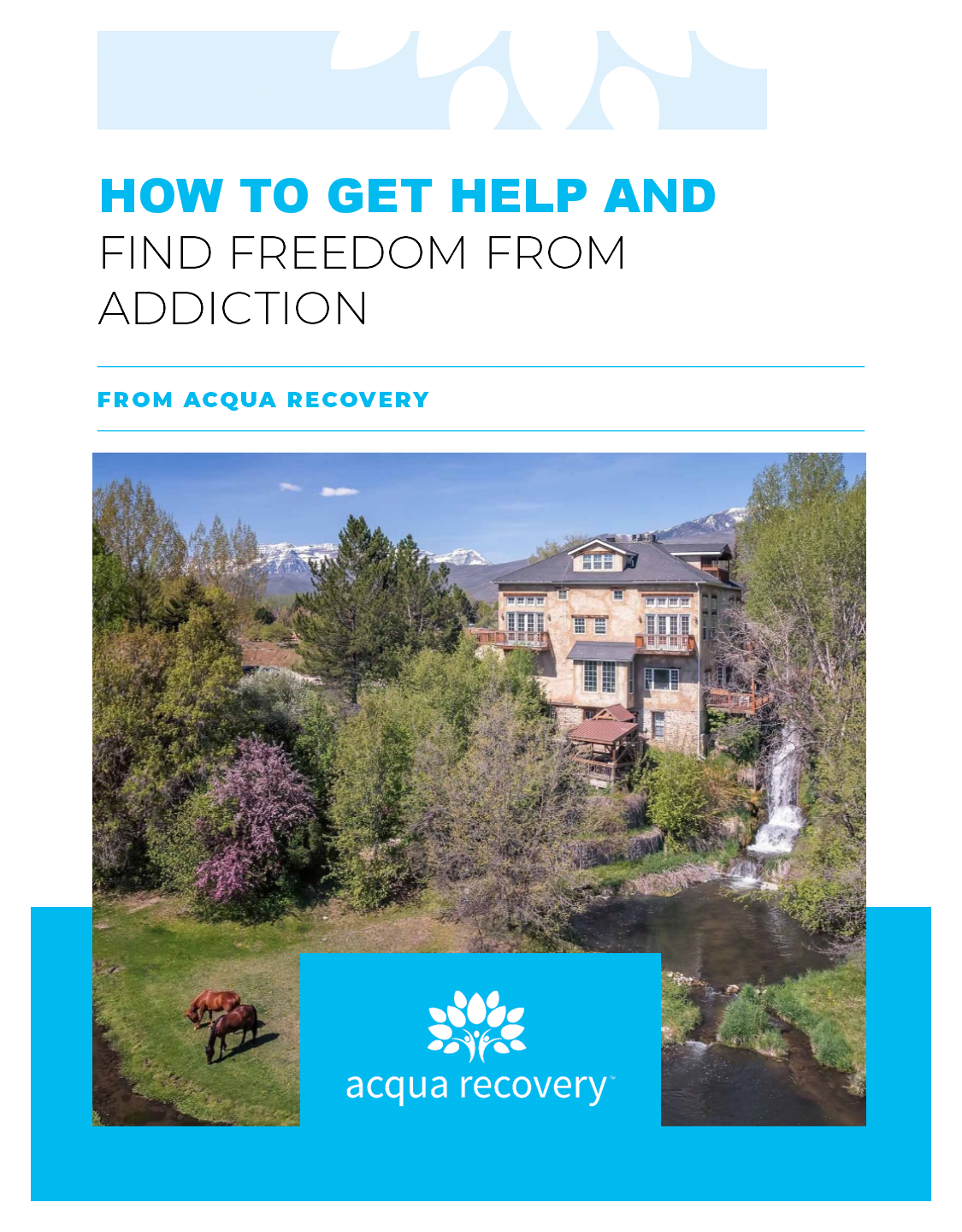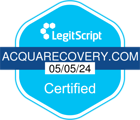The opioid crisis has become a pressing issue in the state of Utah, with devastating consequences for individuals and communities. Opioid overdoses have reached alarming levels, requiring urgent action to address this public health crisis. Thankfully, there are many available options for opioid addiction, such as residential rehab and other effective treatment programs designed to help people become free of their addiction to these drugs.
Alarming Statistics Regarding Opioid Overdoses in Utah
Utah has been greatly impacted by the opioid epidemic, experiencing a rise over time in overdose-related deaths. Since 2012, the rate of overdose has been higher than the national average at 16 to 17 deaths per 100,000. This is higher than the national average of 13 deaths per 100,000.
Other Alarming Opioid Statistics in Utah
- In 2021, there were 446 opioid overdose deaths in Utah, which accounted for 67% of all drug overdose deaths in the state.
- Also, in 2021, 67% of Utah overdose deaths were related to opioids, and 29% were related to fentanyl.
- The age-adjusted drug poisoning death rate in Utah was 19.5 per 100,000 population in 2022.
- In 2020, the age-adjusted rate of drug overdose deaths saw a 31% increase compared to 2019. This was likely due to the pandemic.
The vast majority of opioid overdoses in Utah are caused by opioids in the form of prescription drugs. This makes the source of intoxicants not only more accessible but also a starting point from which people can escalate to substances like street heroin. Emergency rooms are inundated with overdose cases, putting a significant burden on medical professionals and facilities. The ripple effects of opioid addiction can be seen in families and communities across the state, leading to broken relationships, financial hardships, and a sense of despair.
How Has Opioid Use Changed Over the Last Few Years?
 Understanding the changing landscape of opioid use is crucial to comprehending the reasons behind the surge in overdoses. People no longer start with heroin but with prescription drugs, which can scale up or down and act as gateway drugs for other substances. They can easily be used with alcoholic drinks or other drugs, facilitating a polydrug addiction. Overdose deaths from heroin have continued to rise, and were above the national rate of overdose deaths from heroin in 2016.
Understanding the changing landscape of opioid use is crucial to comprehending the reasons behind the surge in overdoses. People no longer start with heroin but with prescription drugs, which can scale up or down and act as gateway drugs for other substances. They can easily be used with alcoholic drinks or other drugs, facilitating a polydrug addiction. Overdose deaths from heroin have continued to rise, and were above the national rate of overdose deaths from heroin in 2016.
The opioid epidemic has evolved into a multifaceted issue with far-reaching consequences. Not only has there been a rise in opioid overdoses, but there has also been a notable increase in individuals seeking treatment for opioid addiction. This shift indicates a growing awareness of the problem and a willingness to address it through rehabilitation and support services.
Possible Causes for an Increase in Opioid Overdoses
The rate of opioid overdose deaths appears to have peaked in 2018 and has since decreased since that year. However, the rates are still higher than the rest of the United States and deserve concentrated attention.
Various factors have played a role in the increase in opioid overdoses in Utah.
Firstly, the widespread availability and overprescription of opioids for pain management have contributed to the problem. Many individuals initially became dependent on opioids after being prescribed them for legitimate medical reasons. This may explain the fact that overdose deaths for fentanyl and heroin have tended to skew younger in Utah, while overdose deaths for people ages 45 to 59 years old have largely been due to prescribed medications.
If you are feeling depressed, sharing your feelings with a trusted friend or family member can provide relief and a sense of connection. Sometimes, simply talking about what you’re going through can help relieve stress. Support groups, whether in-person or online, can offer a safe space to share experiences and learn from others who understand what you’re going through. People may be more willing to help you than you initially expect, which can help silence destructive internal voices.
The rise of illicit drug use and the introduction of potent synthetic opioids, such as fentanyl, have further exacerbated the crisis. These substances are often mixed with other drugs, sometimes without the buyer’s knowledge. This can easily lead to an overdose because the person hasn’t accurately calculated their dosage.
Socioeconomic factors influencing opioid use cannot be overlooked. Issues such as unemployment, poverty, and lack of access to healthcare can drive individuals to seek solace in opioids as a coping mechanism. Interestingly, the rates of opioid overdose between the two main genders are fairly even. This is in contrast to the entire United States, where men typically outnumber women in regard to opioid deaths.
Drug enforcement initiatives play a significant role in addressing the opioid crisis and combatting illegal drug trafficking by enhancing collaboration between local, state, and federal agencies, including the Drug Enforcement Administration.
What is the Drug Overdose Task Force?
In response to the escalating opioid crisis, the state of Utah established the Drug Overdose Task Force. This collaborative effort brings together law enforcement and government bodies like the U.S. Attorney’s Office in Utah to develop strategies and initiatives to combat the crisis. The task force works closely with the Drug Enforcement Administration (DEA) to address the crisis through law enforcement and public safety efforts.
The Drug Overdose Task Force works to help take down the criminal organizations that encourage the use of opioids that cause overdose. The main impetus behind this was the increased use of fentanyl in these drugs, which accounted for 29% of all opioid overdose deaths in 2021.
What Does the Task Force Do?
Created in 2017, the Drug Overdose Task Force is tasked with several key responsibilities aimed at reducing opioid overdoses. The primary focus of the task force is to enhance prevention efforts, increase access to treatment and recovery services, improve data collection and analysis, and promote public education and awareness. Specific initiatives by the local government in Salt Lake City include community outreach programs and partnerships with law enforcement to tackle the opioid crisis.
The Purpose of the Task Force
One of the key initiatives undertaken by the task force is the development of targeted interventions to address the specific needs of at-risk populations, such as naloxone kits to help prevent the occurrence of an opioid overdose. The task force seeks to provide effective support and resources to help fight the rise in opioid overdose deaths. By coordinating efforts across various sectors, the task force aims to implement evidence-based strategies that address the unique challenges of the state.
One of the key focuses of the task force is to update the approach law enforcement takes toward assessing crime scenes where someone has died of an overdose. The ultimate goal is to track down the worst offenders in regard to drug distribution. The task force has already worked to gather and protect evidence at crime scenes to better assess overdose deaths.
Overall, the task force is committed to raising awareness about the risks of opioid misuse and promoting prevention efforts within communities. By engaging with the problem from multiple angles, the task force strives to create a culture of support and understanding for those affected by opioid addiction.

Opioid Addiction Rehab in Utah and Colorado
For individuals struggling with opioid addiction in Utah and Colorado, access to effective rehabilitation programs is crucial. Opioid addiction rehab centers play a vital role in helping individuals break free from the grips of addiction and embark on a path to recovery.
Acqua Recovery is one such rehab center that specializes in providing comprehensive treatment for opioid addiction. Their evidence-based approach combines medical intervention, therapy, counseling, and holistic modalities to address the physical, psychological, and emotional aspects of addiction. They have locations in both Utah and California, to better assist the recovery efforts of those looking to heal from opioid addiction.
Heal From Addiction at Acqua Recovery
At Acqua Recovery, individuals receive personalized care to suit their unique needs and circumstances. The rehab center offers a supportive and nurturing environment where individuals can heal and rebuild their lives.
Through a combination of medical detox, individual and group therapy sessions, educational programs, and ongoing aftercare support, Acqua Recovery equips individuals with the necessary tools to overcome opioid addiction and achieve lasting recovery. By offering a range of therapeutic modalities, including art therapy, mindfulness practices, and outdoor recreational activities, Acqua Recovery helps individuals discover healthy coping mechanisms and develop a strong foundation for long-term sobriety.
By working together, we can make a difference and help individuals struggling with opioid addiction reclaim their lives. Contact us today to start your journey toward healing from addiction.
https://ibis.utah.gov/ibisph-view/indicator/view/PoiDth.Opi.html/
https://www.kff.org/statedata/mental-health-and-substance-use-state-fact-sheets/utah/
https://www.justice.gov/usao-ut/pr/us-attorneys-office-and-dea-announce-first-utah-drug-overdose-task-force-combat-opioid
https://nida.nih.gov/sites/default/files/21988-utah-opioid-summary.pdf











